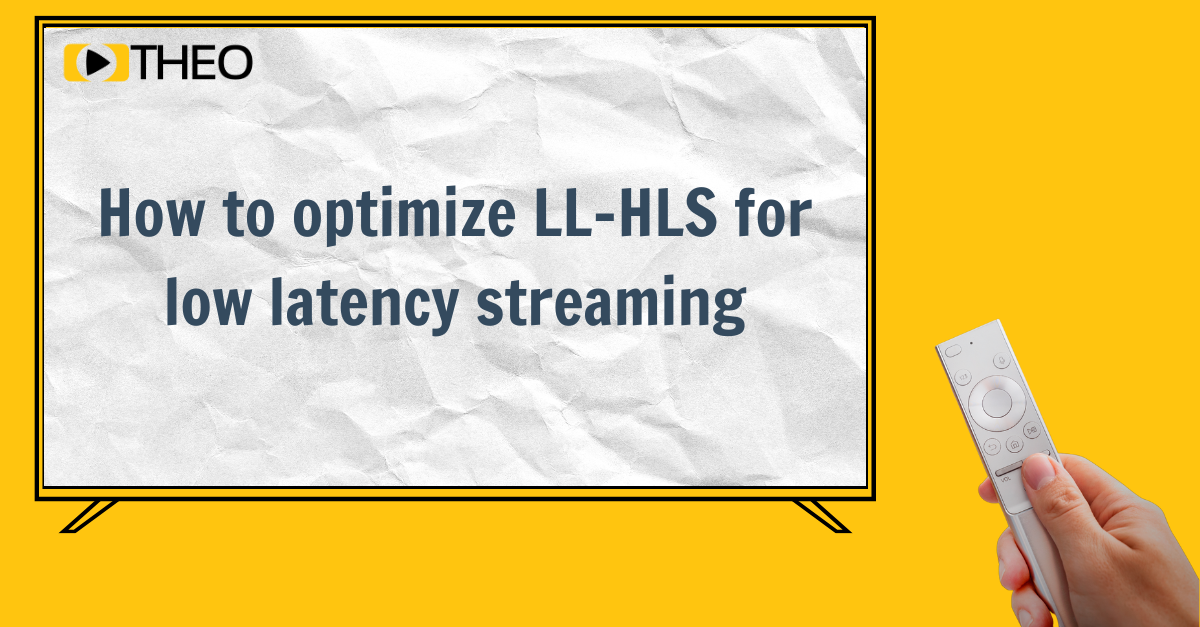Product Update: New THEOlive Features to Further Customize your Real-Time Streaming Needs
by Jenny Lou on April 26, 2023
This week, we are excited to announce the release of new features for THEOlive - the video API for high-quality real-time streaming at scale for sportsbooks, iGaming and interactive entertainment. These 4 new updates provide more flexibility, convenience and customization options.
New THEOlive features: Multi-channel, Geoblocking and Webhooks
by Bart Van Oosterhout on September 6, 2022
Today we’re excited to launch not one, but three new THEOlive features. In order to make high-quality real-time streaming at scale even easier, we just released multi-channel capability, geoblocking and webhooks.
PRESS RELEASE: HESP Alliance demonstrates five HESP-ready solutions at NAB Show 2022
by Bart Van Oosterhout on April 19, 2022
Leuven, Belgium – April 19, 2022 – The HESP Alliance will showcase five HESP-ready solutions at NAB Show 2022. These solutions leverage the High-Efficiency Streaming Protocol (“HESP”) and are pioneers in adopting this disruptive protocol. The HESP Alliance demonstrates these solutions …
How to Optimize LL-HLS for Low Latency Streaming
by THEO Technologies on February 1, 2022
In our Comprehensive Guide to Low Latency, we have covered how LL-HLS works and how the end-to-end solution should look as well as suitable use cases and THEO’s recommendations for LL-HLS implementations. In this guide, we are going to focus on how to tune LL-HLS better for Low Latenc …
Mini Guide on Low Latency
by THEO Technologies on May 11, 2021
When it comes to live video, it's hard to deliver an actual, real live streaming experience. The latency problem is especially noticeable when video is distributed using online streaming platforms. You may have heard the stories of watching a sports event and hearing the neighbours ch …
High Efficiency Streaming Protocol : Bandwidth Usage
by Steven Tielemans on September 5, 2019
We compared the streaming bandwidth between the HESP and CMAF-CTE streams from the test setup. Bandwidths were measured when delivered to the client by measuring the total amount of data transfered over a period of 10 minutes for a live channel distributing a few different types of co …
High Efficiency Streaming Protocol : End-to-end latency compared
by Steven Tielemans on September 4, 2019
In order to compare latency achievements of the HESP protocol, we designed a test scenario where HESP is compared with CMAF-CTE, using the same encoding settings, and a selected set of chunk and segment sizes for the CMAF setup (meaning a changing GOP size).
What is the High Efficiency Streaming Protocol (HESP) and why does the video industry need it?
by Steven Tielemans on August 28, 2019
The media industry is constantly pushing to innovate in order to improve viewer experience in an attempt to attract and tie customers to their service. This is however hampered by technical hurdles like high- latency, mind boggling video start times and bandwidth constraints. With the …










